In About Time, we are given a more optimistic view of the eternal recurrence. When Tim is given the opportunity to live his life over and over again, exactly how he would like it, he chooses to create a life that would be ideal for him. Once he chooses to not go back in time anymore, simply living his life out in the first try, Tim begins to live the life that Nietzsche wanted us to aim for through this thought experiment. Tim begins to live a life that he actually would be satisfied to repeat endlessly. And we know this because if there was anything that he wasn’t ultimately satisfied with, he could always go back and change it. But by living deliberately and in an attitude that sees meaning in the small details of life, Tim constructs a way of being that leaves him satisfied. The point of Nietzsche’s idea of the eternal recurrence was to encourage us to live a similar sort of life.
|
by Mason Leaver The “time loop” film is a science fiction subgenre which can often feel recycled, but, when done properly, can reveal deep truths about the human condition. In recent years, using a time loop as a narrative device has become increasingly popular. According to Wikipedia’s list of films featuring time loops, 40% of (listed) time loop films released since 1983 have been released in the past 5 years. I expect that as filmmakers reflect on the Covid-19 quarantine, more time loop films will emerge, trying to capture the dreadful repetition of that time in our lives. Besides being able to speak to our recent experiences in quarantine, time loop films can also speak deeply to the human condition, by forcing us to examine our lives in a new way. I want to focus on two films which use the time loop trope to explore deep philosophical concepts. Palm Springs (2019) is the story of a man and a woman stuck in a time loop, forever repeating a wedding that they were both invited to. Nyles (Andy Samberg) has been stuck in the time loop for countless repetitions- so long that he has become completely accustomed to it. After Sarah (Cristin Milioti) becomes stuck in this cycle along with Nyles, the two begin to reflect on what the purpose of their life is in this strange repetitive existence. Nyles has embraced a nihilistic ideology. He does whatever he wants each day as the loop repeats itself, entertaining whatever whim he might have. Nyles does emphasize that pain still matters. When Sarah inflicts injury on someone, and gets Nyles injured in the process, Nyles protests, saying that the pain that they experience is still real, and to be avoided. One of the things which makes Palm Springs such an interesting use of the time loop trope is the fact that the characters are forced to relive their failures each and every day. Nyles must wake up and be reminded that he is a lonely man who is being cheated on. Sarah, on the other hand, must be reminded that she was sleeping with her sister’s fiancé on the day of their wedding. Both characters are constantly confronted with their worst mistakes, and seek to get out of the loop because of this constant reminder. Nyles passes the time by drinking and floating around, day after day. One of Friedrich Nietzsche’s most important ideas was his concept of the “eternal recurrence”. The basic concept which Nietzsche invited his readers to consider was the idea that time would repeat itself endlessly, cycling over and over again, for eternity- an eternal recurrence. Any actions which you take in this lifetime would be endlessly repeated in the future, and have already been endlessly repeated in the past. While scholars disagree on what Nietzsche had in mind when he articulated this idea (whether he was proposing an actual view of the nature of the universe, or merely a thought experiment), Nietzsche does use this concept to make us reflect on the nature of our lives. If our lives were to be endlessly repeated, would we feel happy about it? If not, Nietzsche suggests that this suggests that we have been failing to live a good life, and that we ought to reconsider how we live. In Palm Springs, we see an example of the sort of lives which Nietzsche would critique through the eternal recurrence. Each day, Sarah must wake up and relive the mistakes that she has made. Both Nyles and Sarah are confronted with their regrets and mistakes, and are forced to repeat them. Through the use of the time loop trope, Palm Springs examines Nietzsche's concept of the eternal recurrence. Another film, About Time (2013), uses a time loop trope in a slightly different way. After he discovers that he can travel through time, Tim (Domhnall Gleeson) begins to relive his life in order to make it perfect. The method of time travel is fairly interesting- Tim enters his own body at a previous time in his life, and can change things as he likes from there. At first, Tim uses this ability to set up a perfect life- manipulating events to meet a girl and fall in love, to get a good job. But as time goes on, Tim actually begins to change his approach to time travel. Rather than redoing everything to be just as he’d like it, he lives through his day twice. The first time, he lives the day normally. After the day is done, he redoes it, this time appreciating all the small details of the day, changing little things here and there to adjust it to be a bit better. But as his life continues on, Tim decides to stop using his time traveling ability all together, choosing to simply live his life in appreciation of all of the small, happy details of life- no do-over needed. In About Time, we are given a more optimistic view of the eternal recurrence. When Tim is given the opportunity to live his life over and over again, exactly how he would like it, he chooses to create a life that would be ideal for him. Once he chooses to not go back in time anymore, simply living his life out in the first try, Tim begins to live the life that Nietzsche wanted us to aim for through this thought experiment. Tim begins to live a life that he actually would be satisfied to repeat endlessly. And we know this because if there was anything that he wasn’t ultimately satisfied with, he could always go back and change it. But by living deliberately and in an attitude that sees meaning in the small details of life, Tim constructs a way of being that leaves him satisfied. The point of Nietzsche’s idea of the eternal recurrence was to encourage us to live a similar sort of life. Tim stops rewinding time, choosing to live in the present What is behind the popularity of time loop movies from the 1980s to the present? I believe that this trope is popular because it makes us aware of just how free we are. Existentialist philosopher Jean-Paul Sartre wrote about how man is overwhelmingly free. When we live our lives, we discover an enormous number of options that we might pursue. We limit ourselves because of what is expected of us, what we tell ourselves we are capable of. But in reality, Sartre says, there is an incredible variety of possibilities that we encounter in our everyday lives. When we realize this near-infinite possibility, we can become stuck in one of two ways. We might be caught up in our current situation and limitations (what Sartre calls facticity) or we can be paralyzed by the overwhelming amount of possible choices we could make (our transcendence). Sartre saw this as a fundamental problem for humanity, saying that humanity is “condemned to be free”. The time loop film exposes this fundamental tension in the human life. When we watch a film where a person endlessly repeats a day, we can see just how many choices one can make in a single day- how many different ways one’s life could be, if we just made more radical choices. The “time loop” film is a science fiction subgenre which can often feel recycled, but, when done properly, can reveal deep truths about the human condition. For more on Nietzsche and the Eternal Recurrence, you can read our review of True Detective
by Reed Milliken Malignant (James Wan, 2021) is a mystery horror that uses practical effects, fight choreography, and brief musical cues to pull of Wan’s scariest movie yet. Malignant also features hints of various genres to great effect; buddy cop, murder mystery, and action are all things you can expect to see. Malignant follows widow Madison Mitchell as she suffers from heinous visions of gruesome murders, only to discover that these waking dreams are in fact horrifying realities. Malignant (2021) is great at reminding you just how scary a horror movie can be. Director James Wan serves up the most bloodcurdling, spine-chilling, hair-raising movie of the year so far through his use of great cinematography and fight choreography. The following review contains spoilers for Malignant, and contains imagery that may be disturbing to some readers. Reader discretion is advised. To me, Malignant feels like an episode from a prime-time TV cop show where the main characters stumble across some spooky supernatural elements only to have it end with a logical, yet still far-fetched, explanation to all of it. This is by no means a complaint, just an interesting observation on some things that stood out to me while watching. Malignant and a prime-time cop show have many similarities in terms of structure, characters, and plot. Furthermore, a lot of the camera setups feature wide shots and crane shots and a majority of the cast are no-name newbies. While these are not critiques of the movie, they are all aspects very reminiscent of a cheap production with a narrow deadline; furthering my comparison between Malignant and a prime-time TV cop show. Unfortunately, this does bring along a few problems I commonly find within these types of shows, the performances are weak apart from the lead, the writing is sloppy, the set pieces are basic, and the lighting is nothing special. However, director James Wan didn’t let the aesthetic of the movie inhibit his ability to spook; a couple of sequences from the beginning of the movie are some of the scariest in recent memory. Another area of achievement for Wan is the majority of the production design; the vision-shifting effect and the design for Gabriel as a whole are unique and were a great touch. Speaking of Gabriel’s design, the scene where he fights everyone using the back of Madison's body is a very unique concept and adds the perfect touch to all of the fight scenes. Wan did not hold back on the gore, and it made for some gruesome kills. The gore was done practically, which is always appreciated from horror movies as CGI blood has nothing on practical blood in terms of feeling authentic. Maddison during the aforementioned "vision shifting" effect Unfortunately, some nice-looking blood doesn’t completely forgive the poor CGI found in other aspects of Malignant. Exterior shots of the mental hospital, for example, looked like something stripped from an indie horror game. Another issue is some of the story beats felt a little divergent from the main plot. Take the underground city, for example, it was a cool set piece and concept, but it didn't have anything to do with the story and ended up just feeling tacked on. This is more of an observation than a critique, but the main theme sounds exactly like “Where Is My Mind?” by The Pixies, almost to the point where I thought it was the song the first time it played. On the topic of sound, there is an orchestral echo riff that is played anytime something spooky happens, it’s reminiscent of the classic Psycho (1960) soundtrack, and while it worked well for me the first couple of times it was used, it was over-utilized and became stale by the end of the movie. The reveal of Gabriel poking out from the back of Madison’s head was gnarly; it was like if the reveal at the end of Harry Potter and The Philosopher’s Stone (2001) was rated R. I can see myself talking to people ten or twenty years down the line and referring to this as "the movie with the evil parasitic twin" or something along those lines. Also, much like every other movie these days, it was clear they were setting up a sequel with Madison telling Gabriel she'd be ready next time he comes back. Which, if Madison doesn’t just get a lobotomy and remove Gabriel within the first 20 minutes of the next one, you can all expect a very sour follow-up to this review. James Wan with members of his crew behind the scenes of Malignant Malignant is James Wan’s eighth feature horror film, and his tenth feature film overall. I still think my favorite of the bunch is Aquaman, one of his two departures from horror, but The Conjuring (2013) is a close second. It seems like over time Wan has been slowly refining his horror filmmaking skills. His first feature, Saw, is a horror staple and one that I make a note to watch every Halloween. The Conjuring is a masterclass in horror and I did not expect to enjoy it as much as I did. I can tell that Malignant is the love child of all of Wan’s prior work. He’s slowly taken the best of each of his prior films and perfected his craft, creating perhaps his scariest movie in the process. James Wan behind the scenes directing Malignant. Here’s what I took away from Malignant: James Wan has been at the game for nearly 17 years and he’s still putting out stellar, genre-defining work. Malignant may lack in some minor aspects, but the horror in terms of the practical effects, fight choreography, and overall scares is unmatched. Wan is truly the best at what he does, and I can’t wait to see what he puts out next.
|
Archives
April 2024
|

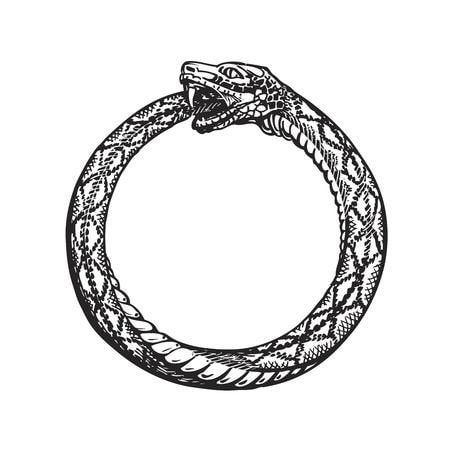



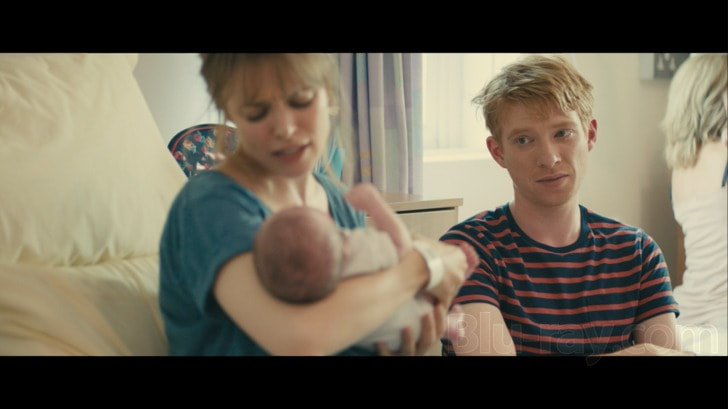
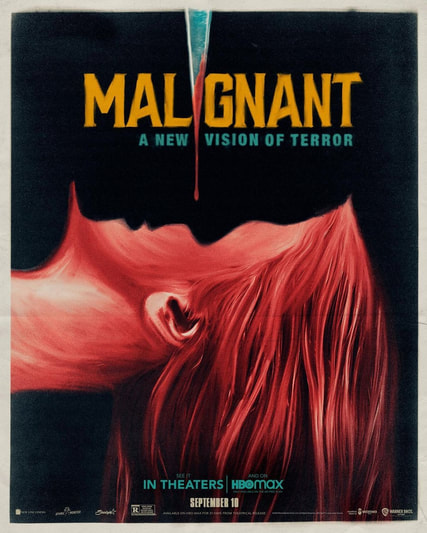
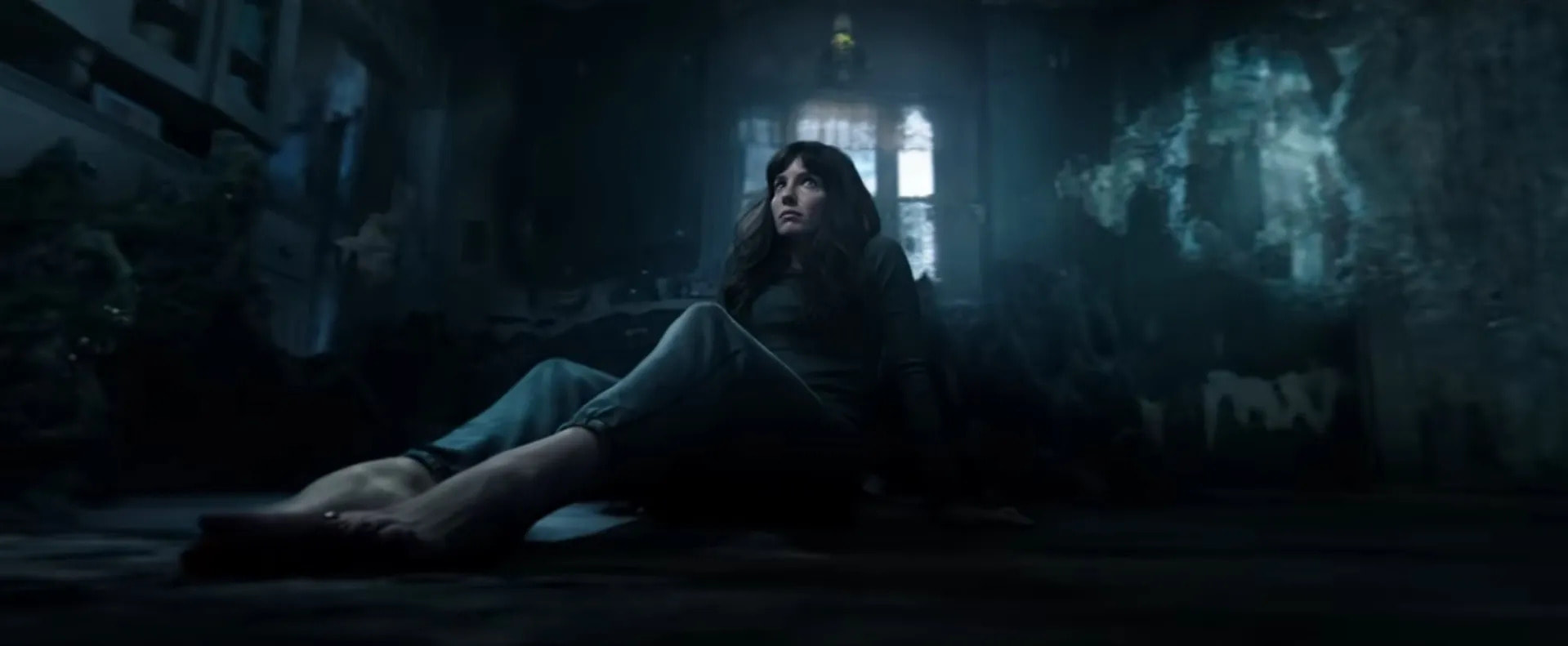
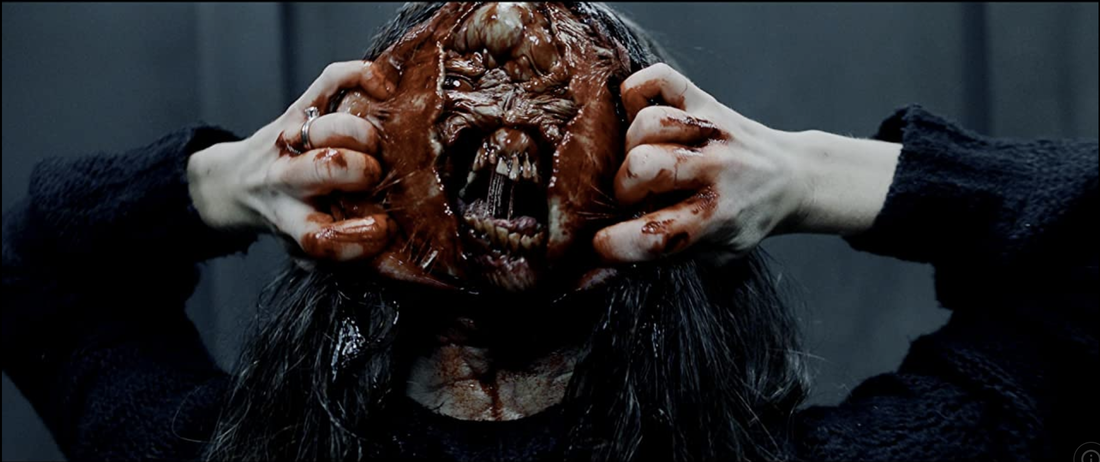

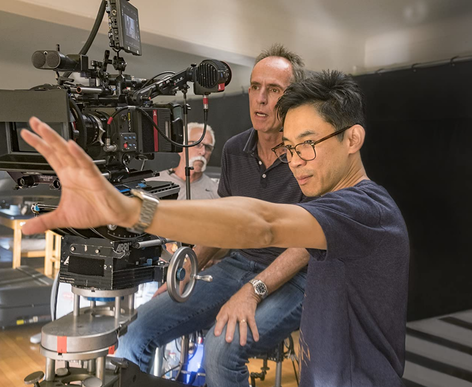
 RSS Feed
RSS Feed
